
Using this new methodology, 78% of patients with progressive multiple sclerosis demonstrated large treatment benefits with the siponimod (Mayzent; Novartis) on at least 1 of 4 clinical outcomes.

Marco Meglio, Assistant Managing Editor for NeurologyLive, has been with the team since October 2019. Follow him on Twitter @marcomeglio1 or email him at [email protected]

Using this new methodology, 78% of patients with progressive multiple sclerosis demonstrated large treatment benefits with the siponimod (Mayzent; Novartis) on at least 1 of 4 clinical outcomes.
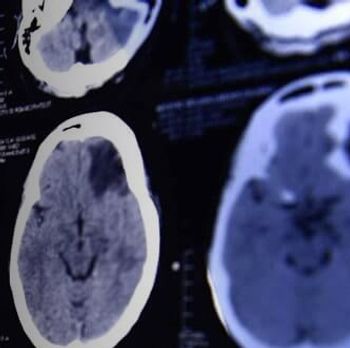
The effects of amyloid-ß and white matter hyperintensity volume on rates of neurodegeneration remained similar in cognitively normal individuals when they were assessed together as predictors in the same model.

A greater number of hypothalamic wake-promoting neurons were associated with a lower percentage of time in stage 2 of non-REM sleep and REM stages.

Vincent Martin, MD, president of the National Headache Foundation, discussed the MOTS trial, a non-inferiority study aimed at understanding treatment strategies with preventives for chronic migraine.

Baseline neurofilament light levels were associated with future disability progression and degree of brain atrophy regardless of the presence or absence of acute disease activity.

A best-case analysis indicated that, for amyloid-positive patients diagnosed with MCI due to AD or mild AD dementia, lecanemab plus standard of care provided an additional gain of 0.75 in quality-adjusted life years.

Pitolisant, an agent that originally received FDA-approval in 2019 to treat excessive daytime sleepiness in narcolepsy, will have efficacy and safety evaluated in a cohort of 200 patients with idiopathic hypersomnia.

The approval is supported by phase 3 data which showed statistically significant differences on MG-ADL and QMG scores relative to placebo following 26 weeks of treatment.
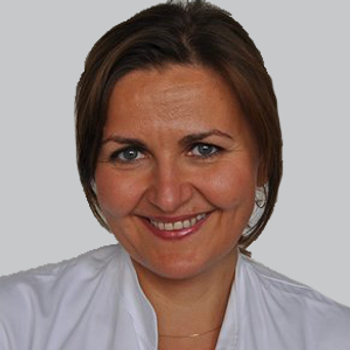
The difference in inflammatory disease activity between men and women faded after the age of 50 years, whereas the sex difference in the neurodegenerative component of MS became apparent after the age of 45 years and deepened with older age.

After 1 year of follow-up, the cumulative incidences of recurrent intracerebral hemorrhage, cerebrovascular ischemic events, and all-cause death were 2.8%, 3.2%, and 22.0%, respectively, for those initiating or resuming oral anticoagulant therapy.

Only 17% of patients who received 1 g/kg of intravenous immunoglobulin every 4 weeks or more experienced disease relapse compared with 50% of those treated with lower or less frequent dosing.

The director of the Division of Movement Disorders at the USC Keck School of Medicine discussed the phenomenon behind reflex tears and whether they can serve as a valuable biomarker for Parkinson disease.

Following respective improvements in odds of good and poor outcomes, investigators concluded that the addition of mechanical thrombectomy should be considered over best medical management practices alone.

In the main matched analysis, associated noted before Parkinson disease diagnosis were motor (up to 10 years) and cognitive (up to 5 years) symptoms.

After readjusting baseline to month 12, more patients with relapsing multiple sclerosis on continuous ozanimod achieved NEDA-3 and NEDA-4 status than those on interferon ß-1a.

Despite a low percentage of patients missing work time due to their condition, a higher percentage reported impairment while working, overall work impairment, and activity impairment.
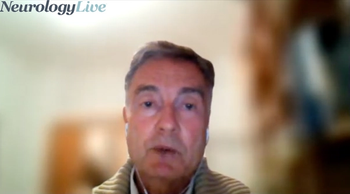
The professor of neurology at the University of Basel discussed a recent study presented at AAN 2022 on whether levels of polyunsaturated fatty acids are associated with MS disease activity or progression. [WATCH TIME: 4 minutes]

Patients treated with ofatumumab (Kesimpta; Novartis) demonstrated significant decreases in absolute and percent CD19 counts at day 5 of treatment, which persisted through the 90-day period.

The proportion of women exposed to valproate between the first and last trimester of pregnancy decreased alongside an increase in the proportion of women exposed to therapeutic alternatives such as lamotrigine and levetiracetam.

In a large-scale study, the use of the Simoa neurofilament light test helped identify individuals with MS at risk for detrimental disease course and suboptimal therapy response.

The main driver of the burden was direct medical costs, especially prescription drugs (such as disease-modifying therapies), which accounted for 54% of the total medical costs per person with multiple sclerosis.

The study evaluating 68 boys and young men with Duchenne muscular dystrophy will consist of therapy with off-the-shelf cardiosphere-derived cells.
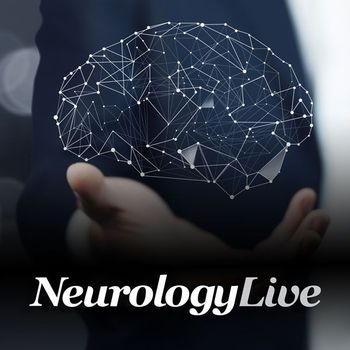
In a subgroup analysis, Wuling capsule was significantly better than control when used as monotherapy or as adjunctive therapy, though investigators suggest adjunctive use may be superior and more study is needed.
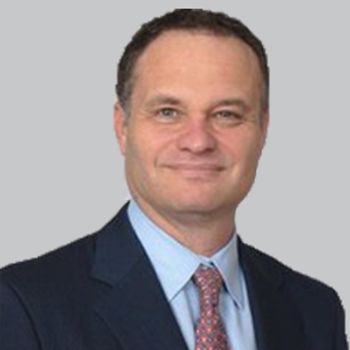
Rami H. Ben-Joseph, PhD, executive director, Jazz Pharmaceuticals, provided insight on the real-world CV-BOND study that evaluates the cardiovascular burden in patients with narcolepsy.

Outcomes in TBI admission survivors at 24 months—including mortality, development of posttraumatic epilepsy, and use of antiseizure medications—were poorer for cases with early posttraumatic seizures after adjustment for confounders.

The neurologist at Christus St Vincent Health System discussed a recently conducted survey on the effects of social isolation and the need to keep patients with Parkinson disease socially connected.

Investigators found no serious AEs related to acupuncture in all 22 studies that reported on it, consisting unanimously with findings in previous studies. Acupoints catgut embedding, auricular acupuncture plus manual acupuncture, and electroacupuncture plus acupoint application showed the most promise.

Safety outcomes of the study demonstrated a lower risk of treatment-emergent adverse events and serious adverse events, along with a high risk of drug withdrawal because of adverse events for high-dose clobazam.

In addition to reductions in monthly migraine days, participants on erenuamb demonstrated improvements on patient-reported outcomes and physicians’ assessments of migraine severity.

Over a 12-month treatment period, fremanezumab afforded significantly greater reductions in monthly migraine days and higher responder rates compared with placebo for patients with chronic migraine.